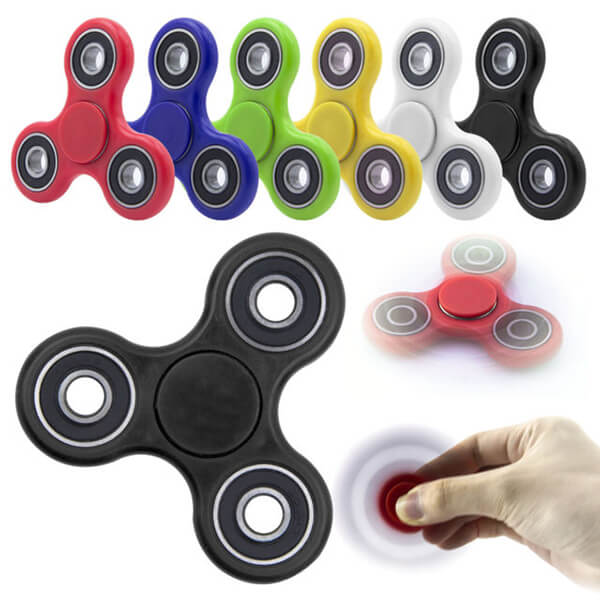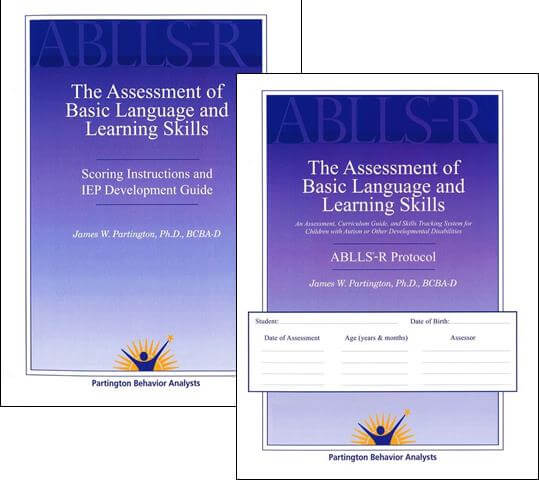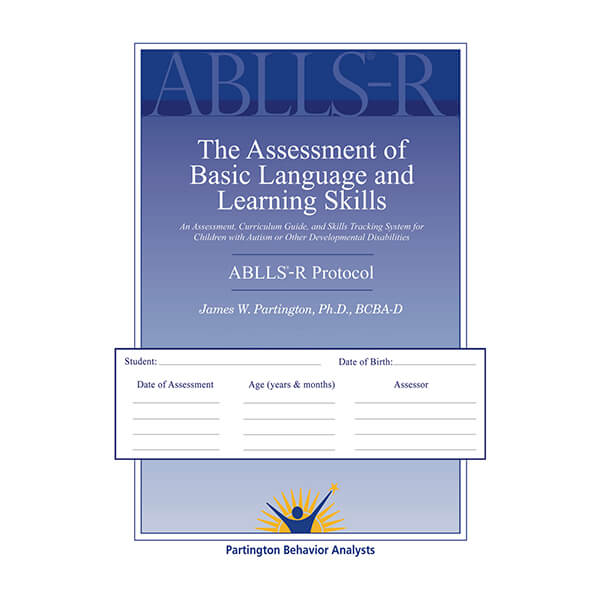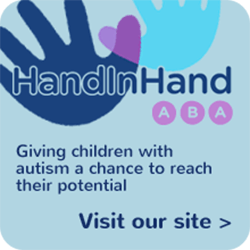
A cautionary note on Fidget Spinners.
We love toys (especially where they can be used as an aid to encourage learning). We also understand that sensory toys and a hand fidgets can be a useful distraction, motivator or just good fun.
We liked the look of the Fidget Spinner this summer. They became a craze real quick, with many a child asking for one or owning several. They are a great fidget toy, which can aid anxiety relief, concentration or just simply fun.
The Treezy team did test a number of them at work and at home, with our children.
Our findings led Treezy to put offering these on hold. This is our own personal preference and certainly not a critique of those selling them. We do however feel it might be useful to present our findings.
The problems we found generally centered on their safety.
A summary of our concerns were as follows:
• Fidget Spinners are assumed to be of a sufficient size and so there can be a tendency to give a false sense of safety, especially in terms of choking hazards. This may lead parents or carer to be less attentive than they would be with smaller play items, where it is obvious there is a risk of choking. However, we had a small number of the spinners come apart during play. These much smaller parts (especially the ball bearing sections) do present a choking risk.
A number of recent newspaper articles highlight the choking risks. Several links to these articles have been included below.
• The packing sometimes had little safety guides. Safety guidelines and choking hazard notices are there to guide the user of the risks. They should be clearly labeled on the packaging and taken seriously.
• Fidget spinners come in all shapes, sizes and weights. A number of spinners on the market even have sharp points, which present an obvious danger. Furthermore, they can be rather heavy objects and the way these items are used; it is likely they will fall out of small hands on numerous occasions. This presents injury risks to those little feet.
• Fidget Spinners are a craze and present ‘quick cash’ for unscrupulous opportunists. This means the manufacturing source or quality cannot always be guaranteed. There are so many sellers offering Fidget Spinners.
With this in mind, if you do wish to buy one, we have considered a basic guide to consider before buying a Fidget Spinner.
Buyers Guide:
• Make sure it is age rated.
• Buy from a reputable trader and ensure the safety warnings can be clearly seen on the packaging. Take note of the safety warnings, they are included for a reason.
• Make sure it is CE marked.
• Supervise children or anyone at risk of choking.
• Test spinners regularly to ensure the parts are not coming loose.
• Put them away after use and don’t allow use at bedtimes, when mouthing behaviours can increase.
• Get rid of broken Fidget Spinners.
• Don’t let children under 3 years use Fidget Spinners.
• Use common sense, in terms of cost, cheap ones can often be cheap imitations.
• Be careful of sharp edges and LED lights containing Lithium-ion batteries
Useful links:
https://www.theguardian.com/lifeandstyle/2017/aug/02/fidget-spinner-toys-pose-risk-serious-injury-children-tests-show
http://www.telegraph.co.uk/news/2017/06/30/trading-standards-warn-dangerous-fidget-spinners/
If we do find suitable stockists to offer these products, we will be sure to let you know.
Happy and safe shopping Folks!




